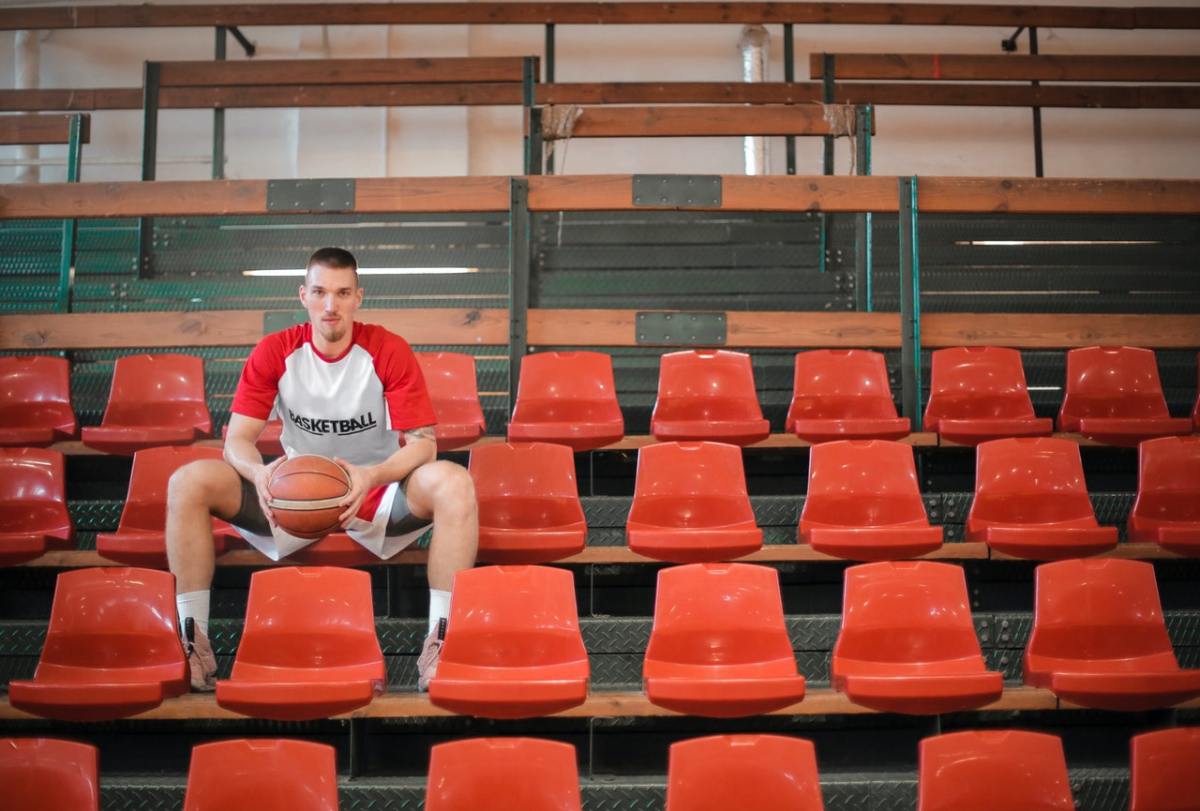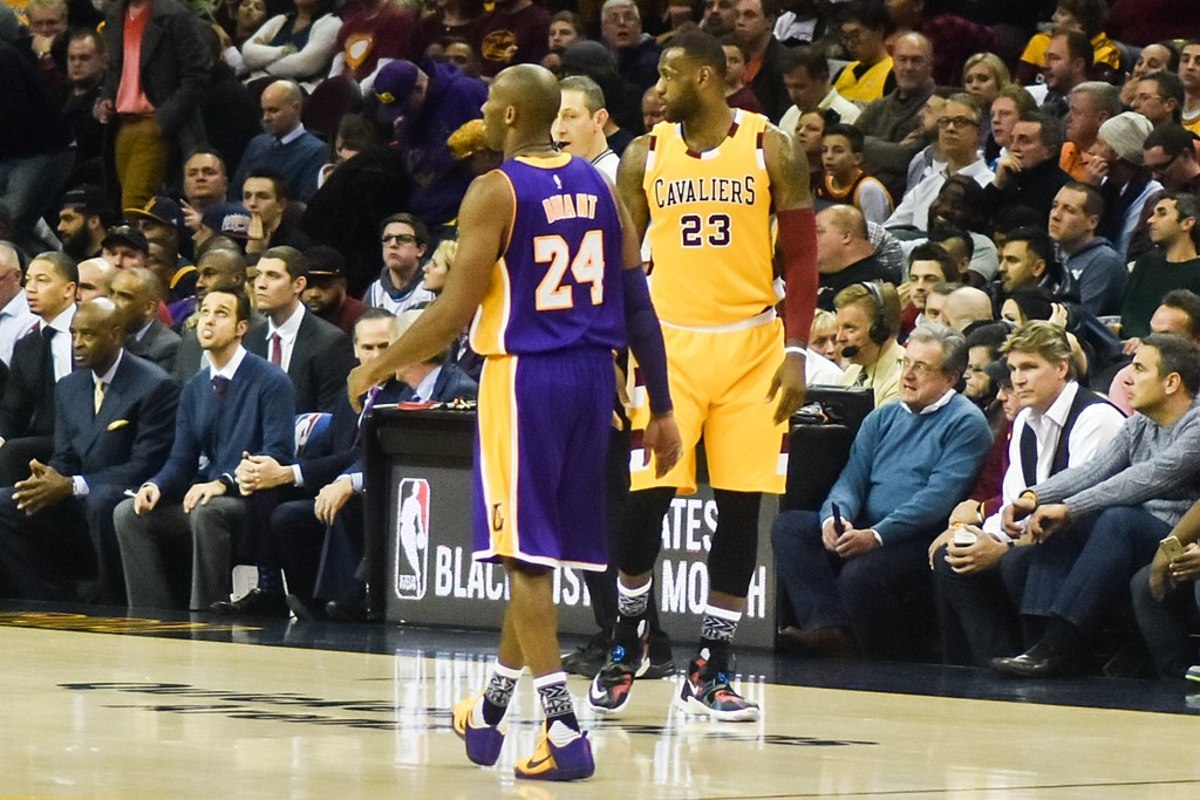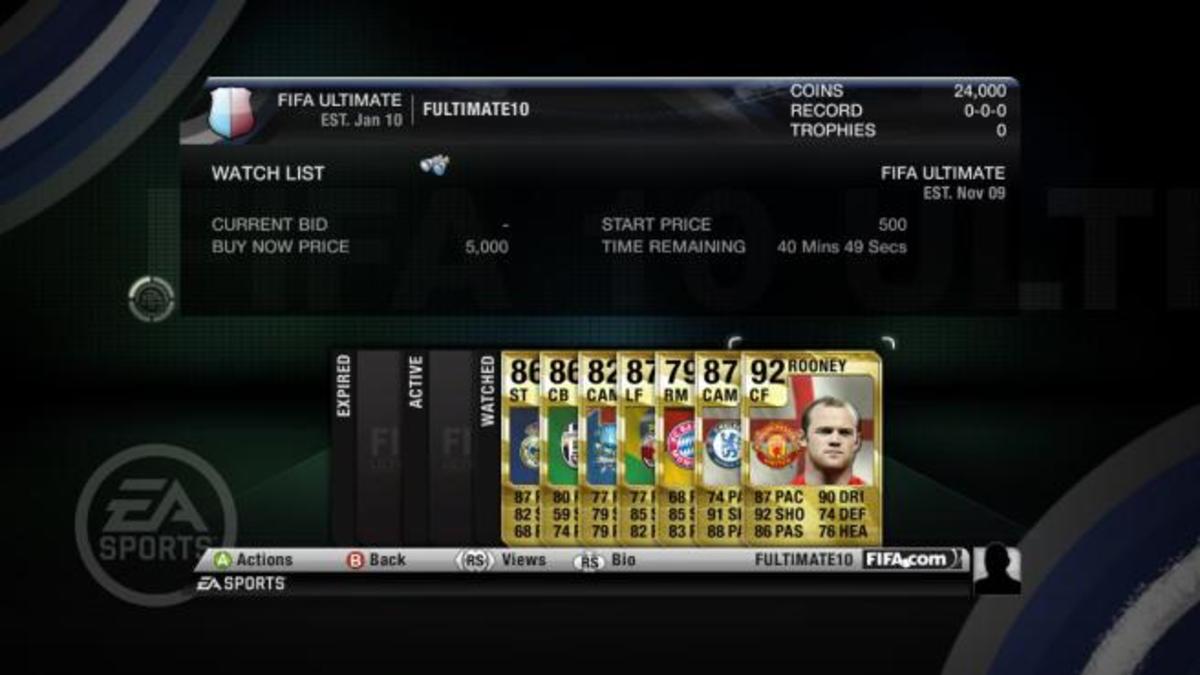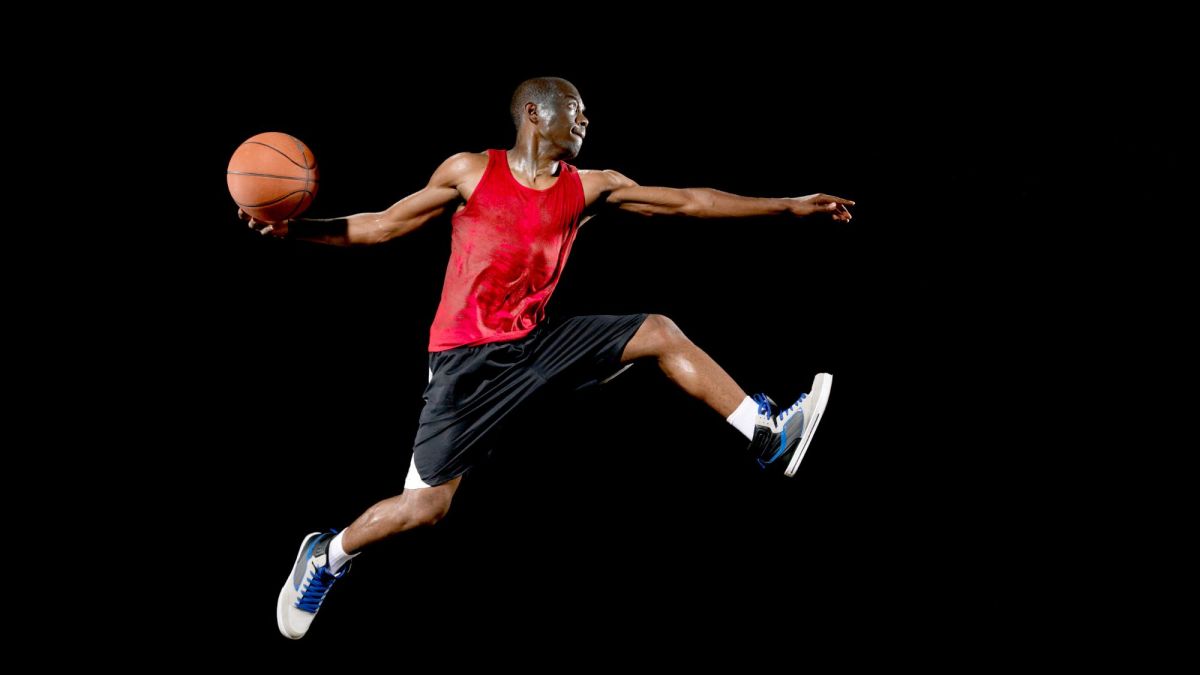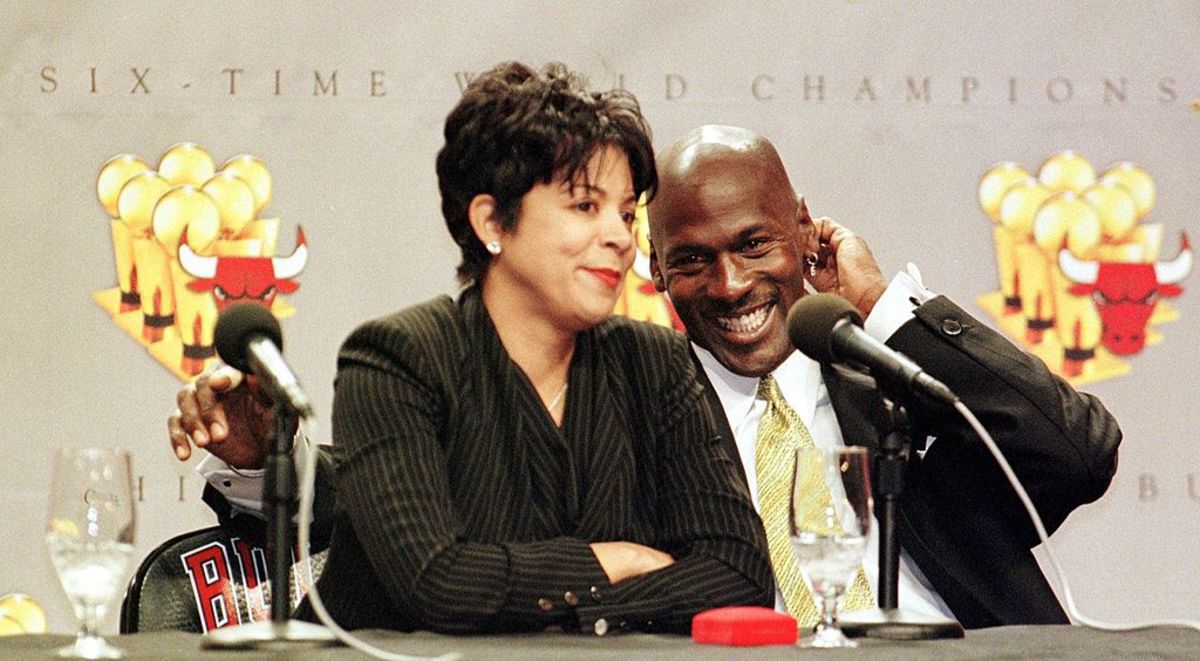Advanced 1-on-1 Basketball Moves to Create Separation from Defenders
Basketball is a 5-on-5 game played in a series of 1-on-1 situations. You always tell your players it’s not a 1-on-1 game but in reality it is. Every time a player tries to get open to catch a pass or rebound a shot you have to win the 1-on-1 battle with the player defending you. Therefore, you have to teach you players how to win 1-on-1 situations with and without the ball. Young players need to have 2 or 3 simple moves that they can use to get past a defender. After they have mastered those moves then they can move to more advanced basketball moves. You have players at different skill levels so don’t expect all of your players to be able to execute 1-on1 moves at the same level. You want to encourage your better players to work on these advanced 1-on-1 moves, especially if they have the ball in their hands a lot.
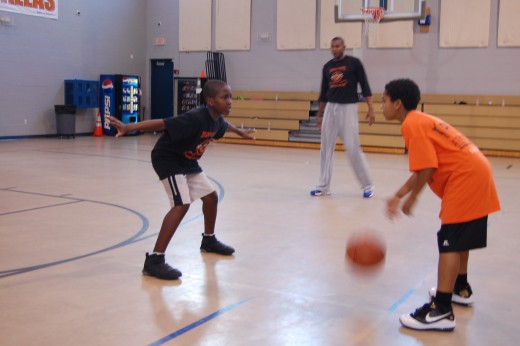
Jab-Step
In order to create space on the catch, immediately face the rim and give a quick short jab at the defender’s front foot. Attacking the front foot will allow you to get to the defender’s back and force them to turn their hips. The jab knee should be past the foot (less than 90 degrees) with head behind the knee to ensure balance and create explosion. Keep the ball close to the body at chest level and read the defender.
a.) If the defender doesn’t move on the jab step, explode by the defender shoulder to hip with ball on the outside hip away from defender and push out the first dribble to create separation.
b.) If the defender reacts to the jab, pull-back to triple attack position for a potential shot or cross-step opposite and explode shoulder to hip.
c.) If the defender reacts to jab, pull back to triple attack position, and shot fake. If the defender takes the shot fake, drive to the rim. If he doesn’t take the shot fake, give another jab step and read.
Retreat Dribble
When faced with aggressive on-ball defenders, a retreat dribble will allow the time and space to attack. While in triple attack position, step into the defender with the inside foot and give 2 retreat dribbles to create separation and read the defender. The retreat dribble should be in a controlled stance with shoulders perpendicular to the defender and the ball on the outside hip. Emphasis should be on gaining ground on your retreat dribbles and reading the defender’s front foot.
a.) If the defender chests you, explode by attacking the defender’s front foot
b.) If the defender stays, square up and attack the front foot with explosion or with a low crossover going shoulder to hip
Step Back / Slide Step
The step-back or slide step move is an advanced move against a defender on your hip on the drive. It is very effective for shooters against aggressive defenders. Attack the rim and as the defender is beside you, push off the inside foot to change directions laterally in order to create space. Land on 2 feet with balance and your feet square to the basket for a shot opportunity. If the defender recovers, give a head and shoulders fake and crossover or explode by to the rim.
Sweep and Twist
The sweep and twist move has become a very useful skill many players have included in their one-on-one training. When the defender stops the initial drive, “leap frog” over the defender’s inside shoulder and move the ball from the outside hand to the inside hand. The ball-handler should land on 2 feet and “twist” their body to get square to the backboard and finish high. Be sure to “leap frog” off of 1 foot and land in a 2 foot jump stop to avoid a traveling violation. This move requires emphasis on footwork and gaining as much ground as possible on the “leap frog”.
It’s important to understand that each player should go through a progression of 1-on-1 moves before attempting the more advanced moves. It’s a good skill to introduce to your players in the off-season and see who works on them on their own. Your players may not get good at these advanced moves but at least you have laid the foundation for them to become better 1-on-1 players.
For more excellent youth basketball training tips visit KidsBasketballCoaching.com.

